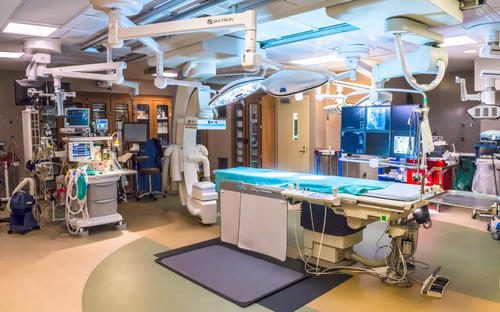After the underlying shock of finding out one has prostate cancer, one will likely consider several questions for the surgeon. A question we are regularly asked is whether surgery is the main strategy. When surgery becomes the ideal choice to eliminate prostate growths, the next question is often whether robotic prostate cancer surgery is a choice, what the risks are, and how long recovery takes.
Robotic surgery is an inventive procedure that can limit death, risk of contamination, and damage to surrounding tissues. Learning for thyself about the advantages of robotic surgery can help alleviate the feelings of fear about the method, lessening pressure and stress and enabling one to have a better treatment outcome.
The risks of traditional prostate surgery
The prostate organ is situated in the most unfathomable part of the male pelvis. This region is full of veins and nerve structures that control sexual ability. The prostate organ is also a neighbor of the urinary sphincter, which controls urinary capacity.
During usual prostate cancer evacuation surgery, it tends to be difficult to recognize the nearby muscles, veins, and nerves that tightly surround the prostate organ. Assuming these tissues, muscles or the sphincter are accidentally injured during surgery, all things considered, the patient will experience the harmful effects of urinary incontinence or erectile rupture.
Robotic Surgery for Prostate Cancer: Who is a Candidate?
An Cirujano Robótico de Próstata Experimentado en Puerto Rico uses tiny devices that can be squeezed into a laparoscopic cut that is much more modest than the cut expected for conventional systems. The result is less ancillary damage to surrounding muscles and tissues, less death, less chance of contamination, and a shortened recovery period.
Truth be told, while the recovery time for conventional surgery can be expected to be six to two months, regular times with robotic surgery are around three weeks. Not every person is a possibility for robotic surgery. Truth be told, assuming one is like two out of three men determined to have slow-developing prostate cancer, one may not need surgery by any stretch of the imagination.
Essential tests before robotic surgery
The primary care physician will arrange a 3D MRI that uses the most advanced innovation to distinguish the prostate organ, urinary sphincter, different nerves, and veins that encompass the prostate organ. The MRI will provide an accurate view – or map – of the area to limit the return to surrounding tissues.
Doing the own research
The PCP can give one the name of a reputable surgeon. Look for a surgeon with extensive involvement in robotic medical procedures and restrict the summary to practice-associated specialists who can demonstrate certain stable robotic surgery outcomes. Request information explicitly focused on the prosperity of the office with this type of surgery. Most legitimate offices are happy to pass this data on to prospective patients.
If, after meeting with the surgeon, one is still not sure how to proceed with the method, ask that person for the names of patients who have had this type of surgery and who have consented to respond to further care. visitors’ questions. Having the option to talk honestly with different men who have had the surgery can help calm the feelings of apprehension.
Robotic Surgery Recovery
Truth be told, if the prostate cancer is strong and taking steps to spread to local organs or tissues, robotic surgery may be the right decision for one. The advantages of robotic surgery are many, including faster recovery and less vacation time.
No one needs to have surgery, but relax as one realizes that the latest innovation allows one to have a more limited recovery time and fewer possibilities for likely surgery results.








